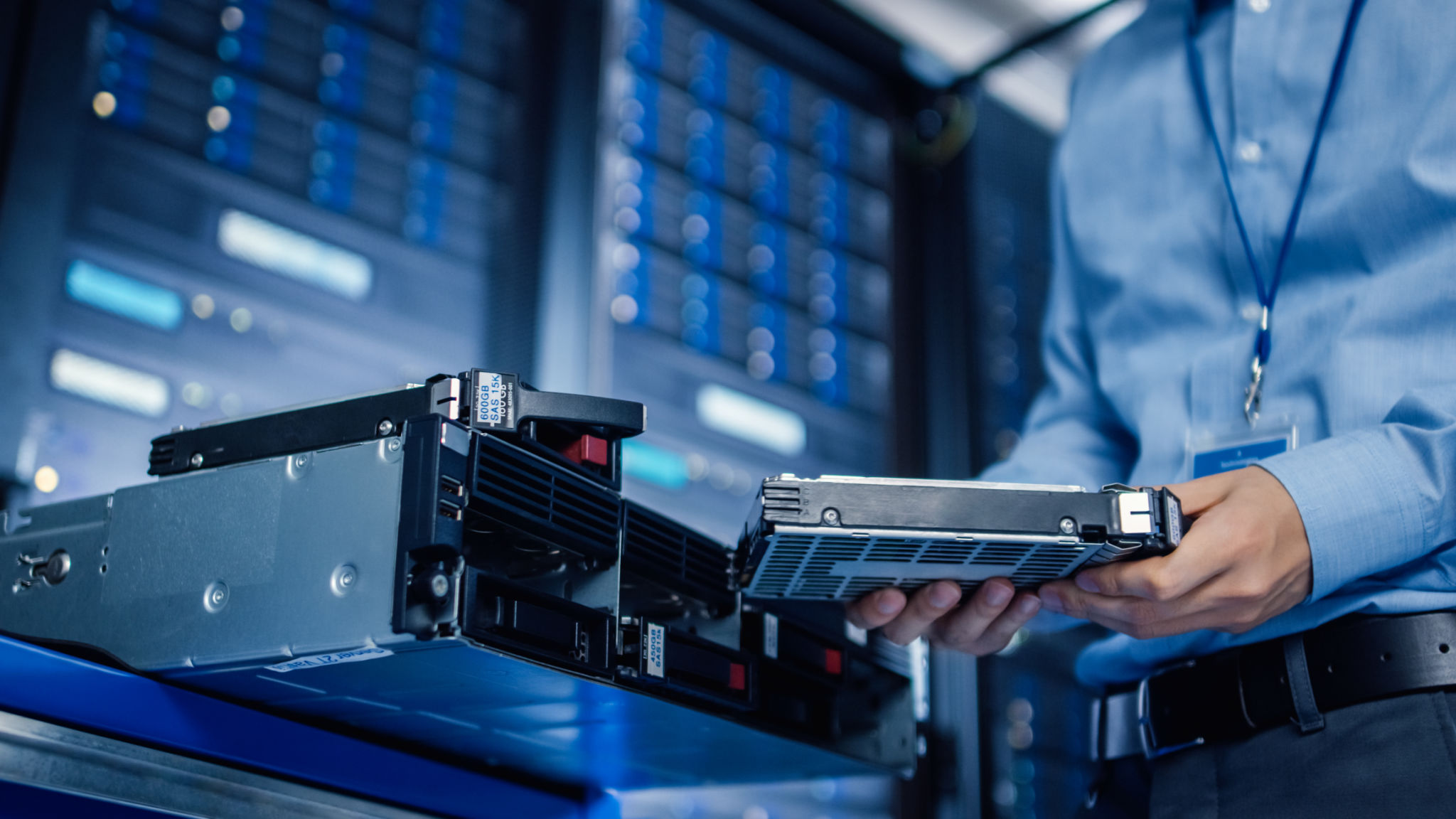Maximizing Server Performance: Insights from IT Infrastructure Experts
Understanding the Basics of Server Performance
In the digital age, servers are the backbone of business operations, hosting websites, applications, and managing data. However, as demands grow, so does the need for optimizing server performance. Understanding the basics of server performance is crucial for IT professionals aiming to ensure seamless operations.
Server performance is influenced by several factors such as CPU usage, memory allocation, and network bandwidth. Each component plays a vital role in how efficiently a server can handle requests and manage resources. Identifying bottlenecks in these areas is the first step in maximizing server efficiency.

Optimizing Hardware: More Than Just a Quick Fix
While upgrading hardware might seem like an obvious solution to performance issues, it’s not always the most cost-effective or efficient approach. Instead, IT experts recommend performing a thorough analysis of existing hardware capabilities. This involves evaluating CPU speeds, RAM capacity, and storage solutions to ensure they align with current and future needs.
Investing in solid-state drives (SSDs), for example, can significantly enhance data retrieval speeds compared to traditional hard drives. Moreover, ensuring that servers are equipped with sufficient RAM can prevent slowdowns caused by excessive data processing demands.
Leveraging Virtualization for Enhanced Efficiency
Virtualization technology allows multiple operating systems to run on a single physical server, maximizing resource utilization and improving scalability. By consolidating workloads onto fewer servers, organizations can reduce power consumption and hardware costs while enhancing performance.

Implementing virtualization requires careful planning to avoid over-provisioning resources. IT infrastructure experts suggest monitoring virtual machine performance and adjusting resource allocations based on real-time data to maintain optimal efficiency.
Improving Network Performance
A server's performance is also heavily reliant on network efficiency. Network latency and bandwidth limitations can severely hinder server response times. To mitigate these issues, IT professionals should focus on optimizing network configurations and employing load balancing techniques.
Load balancing distributes incoming network traffic across multiple servers, ensuring no single server becomes overwhelmed. This not only improves response times but also enhances the reliability of services by preventing downtime in case of server failure.
Regular Maintenance and Monitoring
Regular maintenance is essential for sustaining high server performance. IT experts recommend routine checks to identify potential issues before they escalate into significant problems. This includes updating software, applying security patches, and cleaning up unused files that may clog system resources.

Monitoring tools provide real-time insights into server health and performance metrics. By setting up alerts for unusual activity or resource usage spikes, IT teams can take proactive measures to address issues promptly.
Conclusion
Maximizing server performance requires a holistic approach that combines hardware optimization with strategic software solutions. By understanding the intricacies of server operations and leveraging technologies like virtualization and load balancing, organizations can ensure their servers operate at peak efficiency.
Ultimately, continuous monitoring and maintenance are key to adapting to evolving demands, allowing businesses to remain agile and responsive in an ever-changing digital landscape.